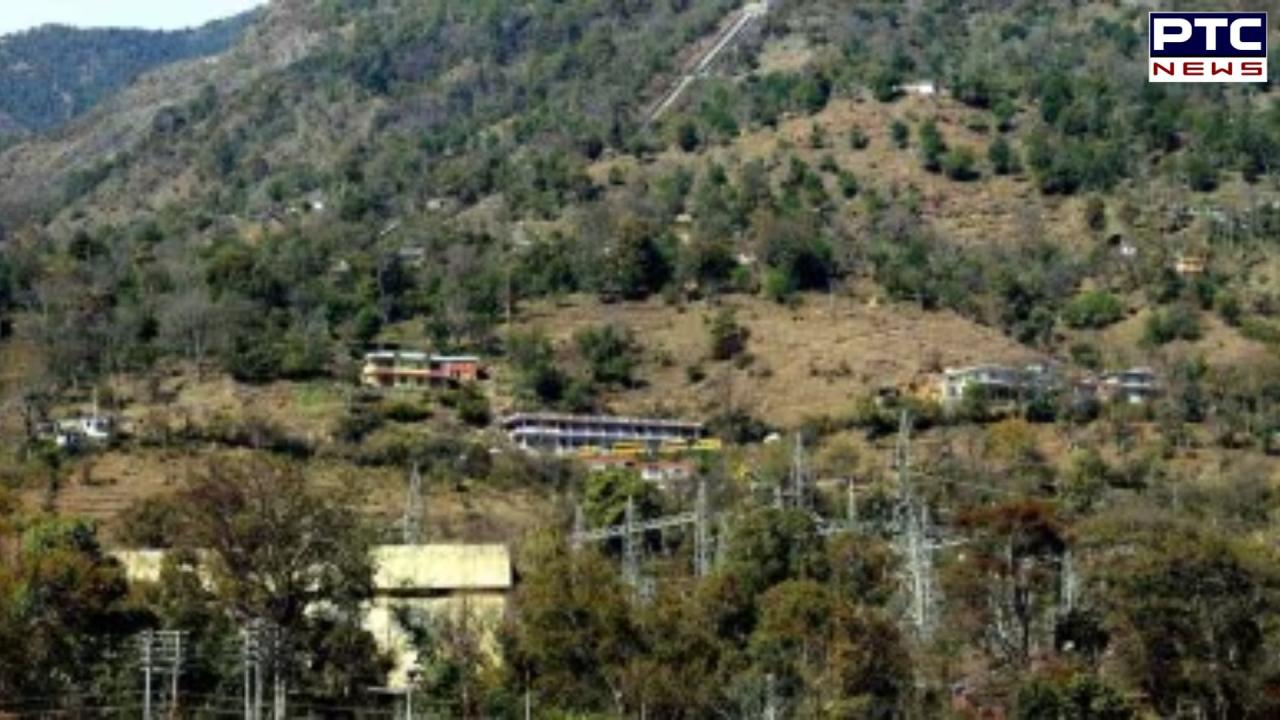Supreme Court notice to Punjab on Himachal Pradeshs plea to dismiss civil suit on Shanan project
Supreme Court observes that Himachal Pradesh’s application will be heard first

PTC News Desk: On Monday, the Supreme Court issued a notice to the Punjab Government in response to an application from Himachal Pradesh concerning the historical 110 MW Shanan Hydel Power Project, which dates back to the pre-Independence era. The apex court indicated that it would first hear the arguments presented by Himachal Pradesh before addressing the civil suit that Punjab has filed related to the project.
Himachal Pradesh’s application, filed under Order 7, Rule 11 of the Code of Civil Procedure, 1908, seeks the rejection of the civil suit initiated by Punjab. The Punjab Government's suit requests a permanent injunction to prevent Himachal Pradesh from taking control of the project. Punjab approached the Supreme Court in March 2023 after the 99-year lease for the project expired on March 2. On September 20, Advocate on Record Sugandha Anandha, representing Himachal Pradesh, filed the application.
Anup Rattan, the Advocate General for Himachal Pradesh, stated, “Our application in the Supreme Court was accepted today. A notice was issued to Punjab for two weeks. The Supreme Court observed that Himachal’s application will be heard first, followed by Punjab’s civil suit.”
In its application, the Himachal Pradesh government asserted that the foundation of Punjab’s case is rooted in a dispute arising from a treaty or agreement that was established prior to the commencement of the Constitution of India. It argued that such disputes are not within the jurisdiction of the Supreme Court under Article 131 of the Constitution. The application cited an agreement made on March 3, 1925, between the British Government and the Raja of Mandi as the basis for this argument.
Also Read: Devotee alleges tobacco found in Tirupati laddu, shares video amid controversy over animal fat
The petition further explained that the Mandi State, which was never part of Punjab, merged into independent India in 1948. Himachal Pradesh was designated as a Part 'C' State in 1951, later becoming a Union Territory on November 1, 1956, and finally achieving full statehood on January 25, 1971. Consequently, Himachal Pradesh contended that Punjab lacks the grounds to assert any rights under the 1966 Punjab Reorganisation Act or any notifications derived from it.
Commissioned in 1932, the Shanan Hydel Power Project is located in Jogindernagar, Himachal Pradesh. The current government led by Chief Minister Sukhvinder Singh Sukhu has indicated that it will not extend the lease, responding to strong local demands that assert the benefits from the project should remain within the state due to its reliance on local water resources.
The original lease agreement was established in 1925 between the then-ruler of the Mandi state, Jogendra Sen Bahadur, and Colonel B.C. Batty, the chief engineer of the undivided Punjab government. Under this agreement, the Uhl River—a tributary of the Beas River—would supply water for the project, in exchange for which the state received 500 kW of free electricity.
In its civil suit, Punjab maintains that it is seeking a permanent prohibitory injunction to prevent Himachal Pradesh from disturbing the lawful possession and operation of the Shanan Power House Project. Punjab asserts that it holds lawful possession of the project and its associated assets. The suit also requests the maintenance of the status quo and includes a request for a temporary injunction to avert dispossession.
The Punjab Government contends that the Shanan project is managed and controlled by the Punjab State Power Corporation Limited, which was allocated the project through a central notification issued by the Ministry of Irrigation and Power on May 1, 1967.
Punjab claims its legal authority over the project is supported by the provisions of the Punjab Reorganisation Act, 1966, in conjunction with the 1967 notification. Originally designed with a capacity of 48 MW, the Punjab Government has since increased the project's capacity to 60 MW and ultimately to 110 MW to accommodate the growing electricity demands of the state.
Also Read: PM Narendra Modi engages with Sikh delegation in New York
